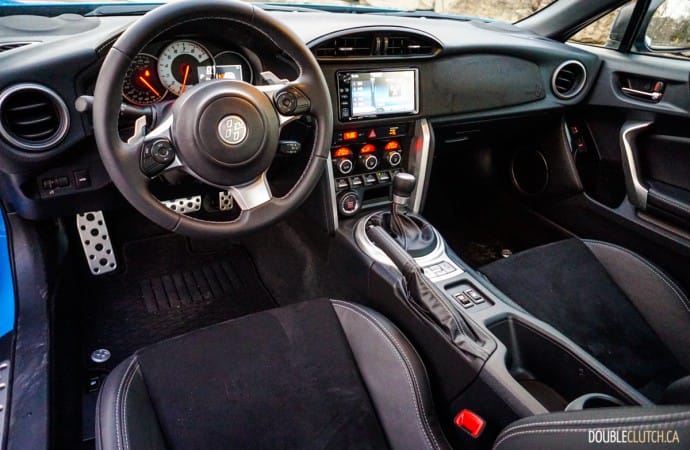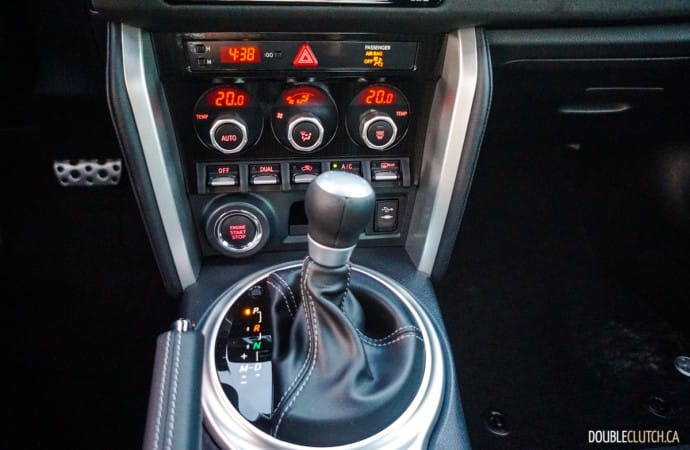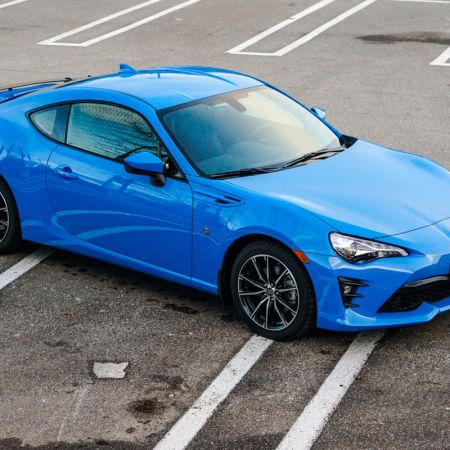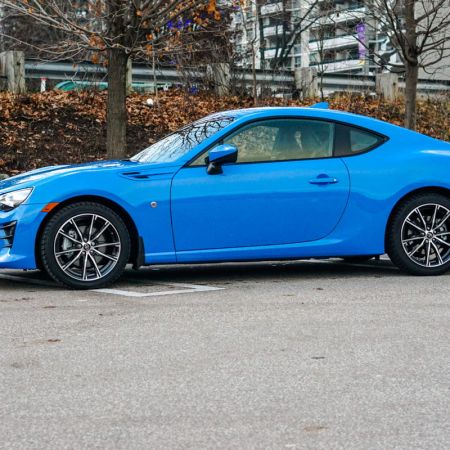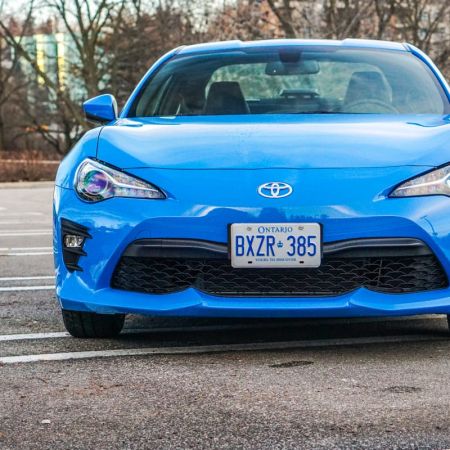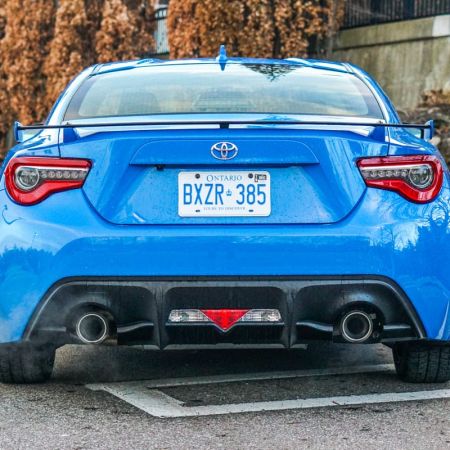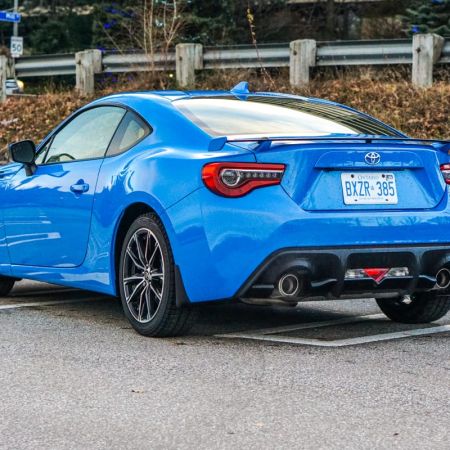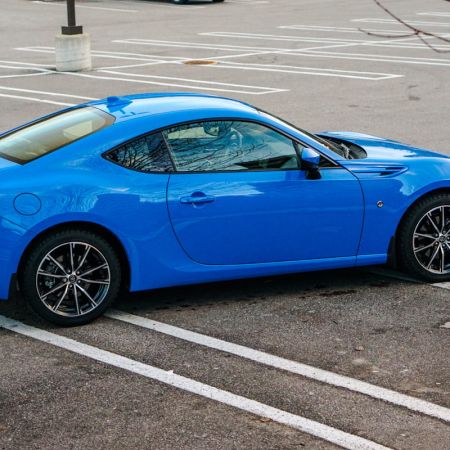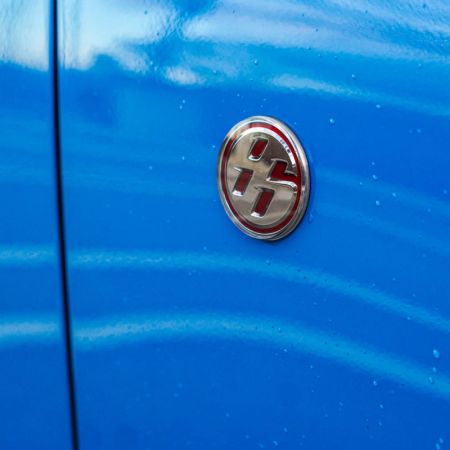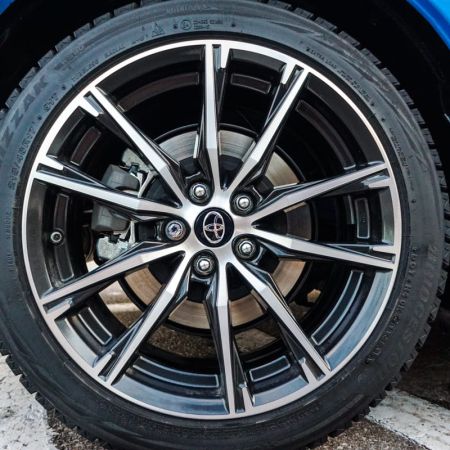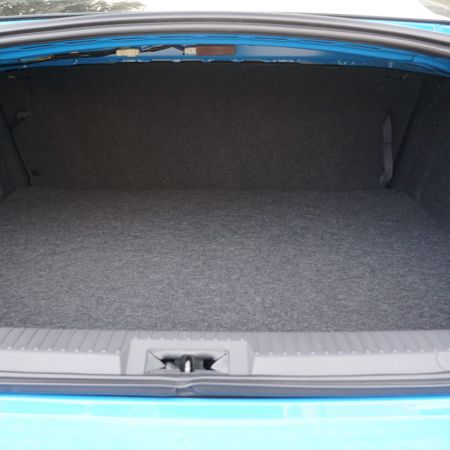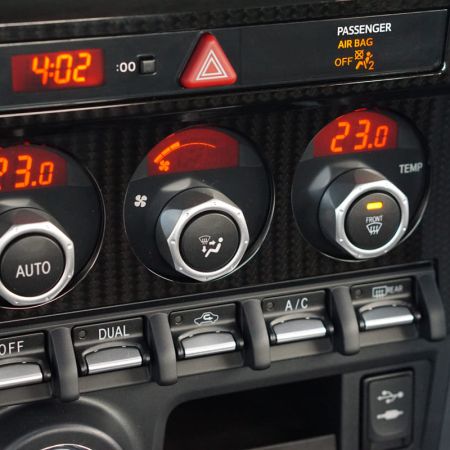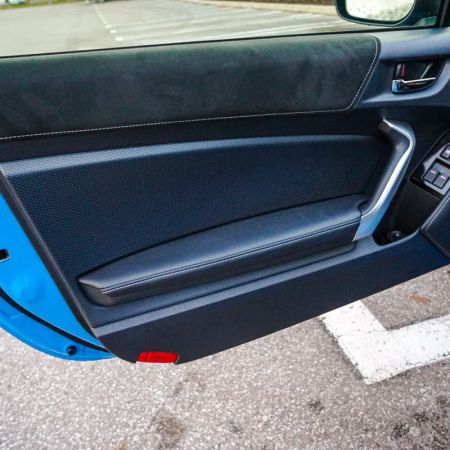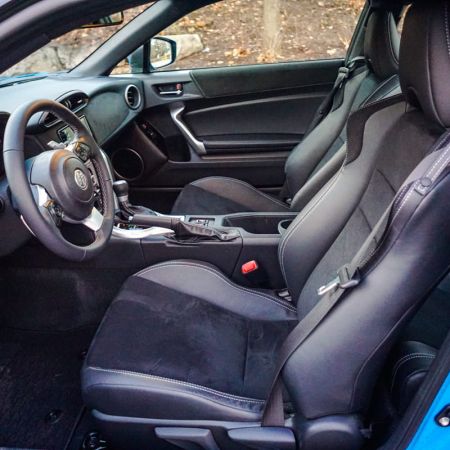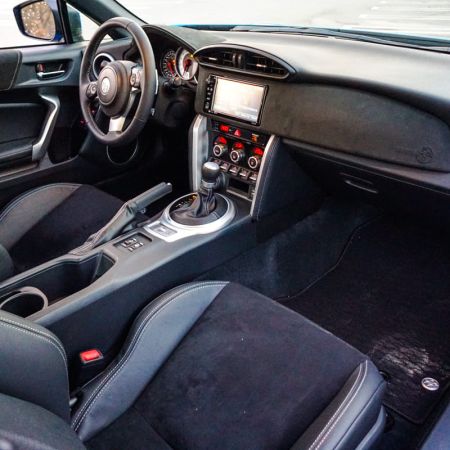Back in the 1980s and 1990s, joint ventures between car companies were all the rage, in order to trade technology or manufacturing strength for other skills and assets that the partner company had. As the global market crisis of 2008 hit, most of the joint ventures that were still in place were the first to dry up. Since then, most joint ventures have been on smaller components rather than entire cars. The 10-speed transmission that GM and Ford share is one notable example. Toyota and Subaru were the first to break from this new trend, and thanks to their bravery we get this 2019 Toyota 86 GT.
For those unfamiliar with the evolution of the 86, Toyota and Subaru combined efforts back in 2012 to launch a small, lightweight 2+2 rear-wheel-drive coupe in a segment that had all but disappeared. Co-badged the Subaru BRZ and the Scion FR-S in North America, when Toyota retired the Scion brand in 2016 the FR-S was re-launched with the same name it was known as in the rest of the world; Toyota 86.
The Subaru and Toyota are essentially identical, except for different front ends to differentiate them and other subtle differences. Built by Subaru in Japan, the engineering of the 86’s powertrain is truly a collaboration, with the 2.0L boxer four-cylinder engine coming from the Subaru parts bin, but modified by Toyota engineers to use Toyota’s fuel injection system that utilizes both direct injection and multi-port injection to manage power production, emissions and efficiency. The transmissions are of Toyota descent, with the six-speed automatic tested here originating from the Lexus side of the business. Breaking from Subaru tradition, the 86/BRZ is only available with rear-wheel-drive.
The 86 is a fairly bare-bones vehicle, which isn’t a bad thing. The interior consists of front bucket seats, and two rear seats that are serviceable for short drives, but not necessarily where any full grown adult would want to spend time. An eight-speaker Pioneer sound system is standard, with the in-dash stereo looking like a standard double-DIN unit and the rest of the dashboard taking on a very clean and simple layout.
There is no fancy modern integrated and flashy proprietary dashboard design going on here; just a cleaner, modern version of what you’d expect to find in any Toyota. There are physical knobs for all HVAC and driver controls, and the switchgear is all chunky and easy to use. There are no driver assist technologies available, Android Auto/Apple CarPlay or surround view cameras. The Toyota doesn’t even offer satellite radio (Subaru does). The design goal for the 86 GT is very simple: enjoy driving it.
Very few options are available on the 86, with only two trim levels available with the automatic transmission. Base model automatics come with a MSRP of $31,190, while the GT trim tested here dressed in Neptune Blue is $34,460. Differentiating this trim level are features like leather/suede seats and door trim, dual-zone automatic climate control, heated seats, LED fog lights, remote entry with push button start, a spoiler, and a 4.2″ display in the instrument cluster. There are no factory options available; any upgrades on the build sheet are dealer installed and therefore can be installed at any time, if the aftermarket options aren’t more appealing.
The 86 is not in the same class as most of the other 2+2 coupes on the market. Compared to the Ford Mustang (reviewed here), it is significantly smaller, more similar in size and competitive to the Mazda MX-5 (reviewed here). Low slung and low to the ground, getting in and out of the 86 requires a bit of flexibility for taller statured people to avoid a good head smack on the roof. Rearward visibility isn’t the best either, with the low roofline translating to thick pillars and small rear seat windows. On the highway, the 86 gets blown around on windy days because it is so light. Our test drive had this squirrely feeling exaggerated a bit since the vehicle was equipped with winter tires.
The collaboration on the engine results in a very unique power plant, with interesting driving dynamics. The torque and horsepower curve is so unique that there’s a real-time gauge option on the dashboard to show you what’s going on. Rated for 200 horsepower at 7,000RPM for the automatic (manual versions get a 5hp bump) and 151 lb-ft. of torque at 6,400RPM. There is a dip in the torque curve between 3,200 and 4,200RPM that can cause some interesting acceleration dynamics.
The torque dip is very noticeable on the manual transmission vehicles, where the 86 feels like it’s running out of steam mid-acceleration, and then takes off again. It may be due to the different tune on the automatic engines, or maybe there is some magical torque converter trickery going on within the six-speed to cover up the dip, but it wasn’t very noticeable in this test vehicle. Not only is the dip barely noticeable, but the six-speed automatic performs very nicely in this chassis, since the revs need to be high to get the most out of the engine.
Fuel ratings on the 86 are slightly worse than the BRZ, likely due to the different fascia and tire setup. City driving is rated at 9.9L/100km, highway is 7.3L/100km and a combined 8.7L/100km on premium fuel in the 50L tank. Those same numbers are 0.2L/100km lower on the BRZ, not significant enough of a difference to switch brands on alone.
The 86/BRZ platform is very popular in the autocross circuit due to its low weight, low centre of gravity, and excellent handling characteristics. The other vehicles that get a ton of action here come from another joint venture: the Mazda MX-5 and the Fiat 124 Spider (reviewed here), which are considered the main competition to the Toyota 86 for buyers. The major differences when comparing the two joint venture platforms are the fact that the MX-5/124 has no rear seat, and isn’t constrained to a coupe-only format.
The simplicity of the 2019 Toyota 86 GT makes it a fun car for drivers, with a nice horizontally-opposed engine growl that is more refined than the brash and raw tone of the Subaru WRX (reviewed here). The low-slung body style and short wheelbase make for great handling, and the lightweight chassis makes it feel like there are more than just 200 horses under the hood. There is also a very large enthusiast following for the platform, so those looking for more power or handling will find no shortage of advice and upgrades. Just do yourself a favour – get the six-speed manual!
See Also:



